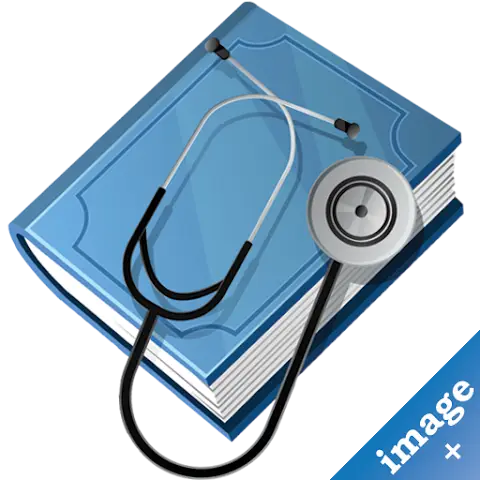Embolism, pulmonary
Pulmonary embolism is a blockage in one of the pulmonary arteries in your lungs, usually caused by blood clots originating from the legs or other parts of the body. This condition is often associated with deep vein thrombosis (DVT) and collectively referred to as venous thromboembolism.
SYMPTOMS
- Shortness of breath
- Chest pain
- Cough
- Leg pain or swelling
- Clammy or discolored skin
- Fever
- Excessive sweating
- Rapid or irregular heartbeat
- Lightheadedness or Dizziness
CAUSES
Pulmonary embolism occurs when material, typically blood clots, block arteries in the lungs. Other substances like fat, tumor parts, or air bubbles can also cause blockages. Risk factors include medical history, prolonged immobility, surgery, smoking, obesity, estrogen use, and pregnancy.
COMPLICATIONS
Untreated pulmonary embolism can be life-threatening and may lead to pulmonary hypertension or chronic thromboembolic pulmonary hypertension.
DIAGNOSIS
Tests for diagnosing pulmonary embolism include blood tests, chest X-ray, ultrasound, CT scan, pulmonary angiogram, and MRI.
TREATMENT
Treatment aims to prevent clot growth and new clots. Medications like anticoagulants and thrombolytics are commonly used. Surgical procedures for clot removal or vein filters may be necessary in severe cases.
Prevention
Preventing deep vein clots through medications, compression stockings, pneumatic compression, physical activity, and leg elevation can reduce the risk of pulmonary embolism. Lifestyle changes during travel can also help prevent blood clots.
QUESTIONS
- What is pulmonary embolism?
Pulmonary embolism is a blockage in one of the pulmonary arteries in the lungs.
- What are the common symptoms of pulmonary embolism?
Common symptoms include shortness of breath, chest pain, coughing up blood-streaked sputum, leg pain or swelling, rapid heartbeat, and lightheadedness.
- What causes pulmonary embolism?
Pulmonary embolism is mainly caused by blood clots that travel to the lungs from deep veins in the legs.
- Who is at higher risk for developing pulmonary embolism?
Individuals with a history of venous blood clots or pulmonary embolism, heart disease, cancer, prolonged immobility, recent surgery, smoking habit, obesity, estrogen use (birth control pills/hormone replacement therapy), and pregnancy are at higher risk.
- How is pulmonary embolism diagnosed?
Diagnosis involves blood tests to check for clotting factors, imaging tests like CT scans and ultrasounds to visualize clots in the lungs or legs.
- What are the treatment options for pulmonary embolism?
Treatment includes blood thinners (anticoagulants) to prevent new clots and clot dissolvers (thrombolytics) for severe cases. Surgical procedures may be required for clot removal.
- What are the complications of untreated pulmonary embolism?
Untreated pulmonary embolism can lead to life-threatening conditions like pulmonary hypertension or chronic thromboembolic pulmonary hypertension.
- How can I prevent pulmonary embolism?
Preventive measures include medications (anticoagulants), compression stockings, pneumatic compression devices, physical activity post-surgery/traveling long distances, and lifestyle modifications during travel.
- Can travel increase the risk of developing a pulmonary embolism?
Yes, prolonged periods of sitting during travel can increase the risk of blood clot formation in the legs which may lead to a pulmonary embolism.
- When should I seek medical attention for symptoms suggestive of a pulmonary embolism?
Immediate medical attention should be sought if experiencing unexplained shortness of breath, chest pain or coughing up bloody sputum as these could indicate a potentially life-threatening condition like a pulmonary embolism.
